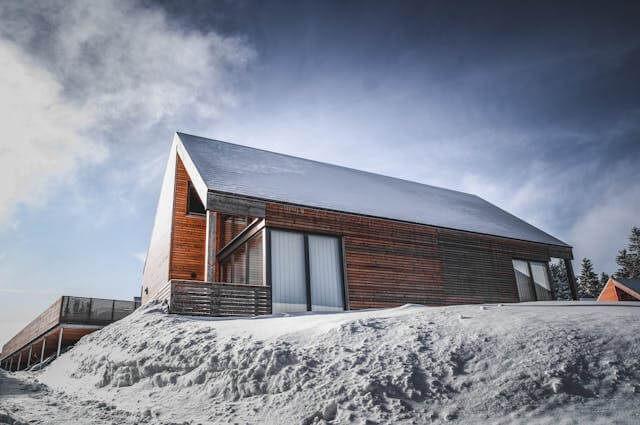Colorado Tiny House Zoning Laws Overview
Colorado's tiny house zoning landscape reflects its diverse geography—from Front Range cities to mountain resort towns to eastern plains ranches—with each of its sixty-four counties maintaining distinct regulatory approaches. Unlike states with comprehensive statewide tiny house legislation, Colorado delegates zoning authority to counties and municipalities, creating a patchwork where rules for accessory dwelling units (ADUs), guest houses, and tiny houses on wheels (THOWs) vary dramatically by jurisdiction. Urban counties along the Front Range (Denver, Boulder, Jefferson, Larimer) have increasingly adopted ADU ordinances that provide clearer pathways for foundation-built tiny homes, though requirements for owner-occupancy, minimum/maximum sizes, and parking differ by city. Mountain resort counties often regulate tiny houses through short-term rental restrictions and employee housing programs while maintaining strict building codes for snow load, wildfire interface, and environmental protection. Rural eastern plains and western slope counties generally offer more zoning flexibility but present infrastructure challenges with water, septic, and winter road access. THOWs face classification as recreational vehicles across most of Colorado, subject to occupancy time limits (commonly 30-180 days per year) unless placed in licensed RV parks or where local codes explicitly recognize movable tiny houses. Foundation-built tiny homes must comply with the International Residential Code (IRC) and may utilize Appendix Q (Tiny Houses) where adopted. Always verify your parcel's specific zoning, check for subdivision covenants, confirm water rights and septic feasibility, and consult local planning departments before purchasing land or beginning construction in this jurisdictionally complex state.
Colorado has no statewide tiny house law; each county and city sets its own rules, with THOWs typically restricted as RVs.
Understanding the zoning laws is just the first step. Once you know what is legal in Colorado, you can start looking at tiny houses for sale in Colorado or connect with experienced Colorado builders who work within these regulations. If you want a turnkey solution, consider joining a tiny house community in Colorado where all the zoning and permits are already handled.
Before you buy land or start construction, use our zoning finder tool to check specific county requirements, and get a budget estimate with our free tiny house cost calculator. If you're planning to go off-grid, check out our comprehensive off-grid living guide to understand utility and septic requirements.
